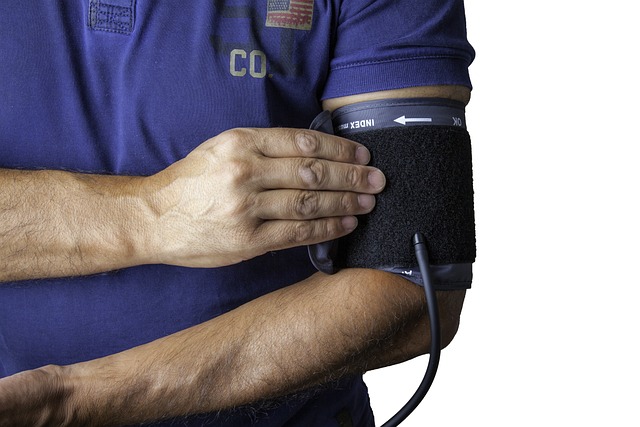Practical Steps to Prepare for a Medical Check
A medical check can be straightforward when you prepare ahead. Collect relevant documentation, know which screenings and vitals will be measured, and plan for any required labwork or immunization review. Preparing questions and noting lifestyle and risk factors helps make the visit efficient and ensures that followup or workplace requirements are clear. This preparatory effort benefits both pediatrics and adults and supports accurate assessment and diagnostics.

A medical check can be straightforward when you prepare ahead. Collect relevant documentation, know which screenings and vitals will be measured, and plan for any required labwork or immunization review. Preparing questions and noting lifestyle and risk factors helps make the visit efficient and ensures that followup or workplace requirements are clear. This preparatory effort benefits both pediatrics and adults and supports accurate assessment and diagnostics.
What screening and vitals are checked?
Most routine medical checks include basic screening and measurement of vitals: blood pressure, heart rate, respiratory rate, temperature, height, and weight. Screening may also cover vision and hearing checks, basic mental health queries, and targeted risk assessments based on age, sex, and medical history. Knowing which measures are typical helps you prepare clothing for easy access (short sleeves for blood pressure) and to avoid caffeine or smoking immediately before the visit, which can affect readings.
How to prepare for labwork and diagnostics?
If the appointment requires labwork or diagnostics, confirm fasting requirements, medication pauses, and whether you should bring prior imaging or test results. Common lab tests include basic metabolic panels, lipid profiles, glucose tests, and complete blood counts. For some diagnostics, such as pulmonary function tests or ECGs, specific instructions may apply. Bring a current medication list and note any allergies; this reduces the chance of repeated tests and supports accurate interpretation of lab results.
Immunization, pediatrics, and adults: what differs?
Immunization review is standard for pediatric visits and often reviewed for adults, especially when planning travel, pregnancy care, or workplace health requirements. Pediatrics visits prioritize growth charts, developmental screening, and vaccine schedules, while adult checks may emphasize chronic disease screening and lifestyle-related risk management. Bring an immunization record for children and adults if available; if records are incomplete, the provider can recommend catch-up schedules or serologic testing where appropriate.
What lifestyle and risk factors should you document?
Prepare a concise summary of lifestyle factors that affect wellness: diet, exercise frequency, sleep patterns, alcohol or tobacco use, and occupational exposures. Also note family medical history and any recent changes in symptoms or functioning. Documenting risk factors—such as hypertension, diabetes, or cardiovascular disease in family members—helps your clinician tailor screening and preventive strategies. Accurate documentation improves the relevance of counseling and the precision of any risk assessment tools used.
Followup, frequency, and workplace requirements?
Discuss recommended followup and screening frequency during the visit. Screening intervals vary by age and risk profile; for example, blood pressure checks may be more frequent for those with hypertension, while routine adult physicals often follow yearly or biennial schedules based on health status. If the medical check is for workplace clearance, verify which diagnostics and documentation the employer requires and whether followup testing or certifications are needed. Ask your clinician to spell out the timeline for any repeat tests or monitoring.
How to keep accurate documentation and assessment?
Bring a folder or digital copy of recent medical records, medication lists, immunization history, and previous diagnostic reports. Record the clinician’s assessment, recommended tests, and followup plan during or immediately after the visit; a simple checklist can help track completed items and outstanding tasks. For ongoing conditions, keep a health log of symptoms, home vitals (like blood pressure or glucose readings), and responses to interventions. Clear documentation supports better continuity of care and aids workplace or school certification when required.
This article is for informational purposes only and should not be considered medical advice. Please consult a qualified healthcare professional for personalized guidance and treatment.
In summary, a smooth medical check starts with gathering documentation, understanding which vitals and screenings apply, following instructions for labwork and diagnostics, and communicating lifestyle factors and risks. Preparing immunization records, clarifying followup and frequency, and keeping accurate documentation all enhance the quality of the assessment for pediatrics, adults, and workplace needs. Thoughtful preparation leads to more focused visits and more useful outcomes.



